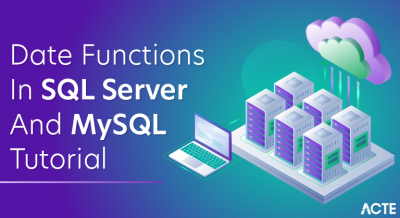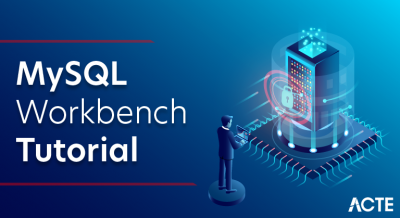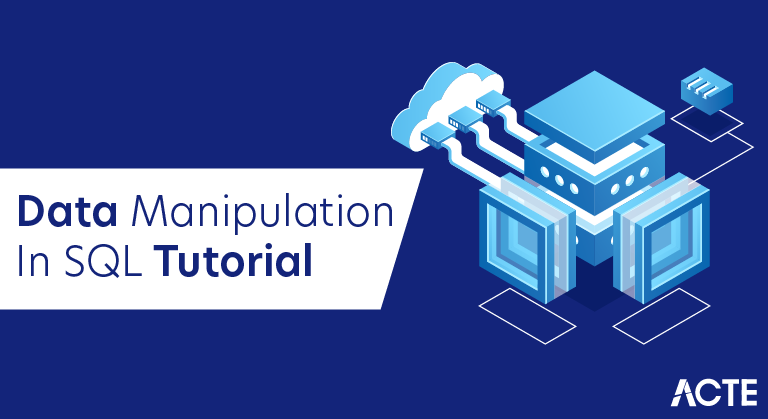
What is Data Manipulation?
A data manipulation language (DML) is a computer programming language used for adding (inserting), deleting, and modifying (updating) data in a database. A DML is often a sublanguage of a broader database language such as SQL, with the DML comprising some of the operators in the language. Read-only selecting of data is sometimes distinguished as being part of a separate data query language (DQL), but it is closely related and sometimes also considered a component of a DML; some operators may perform both selecting (reading) and writing.

A popular data manipulation language is that of Structured Query Language (SQL), which is used to retrieve and manipulate data in a relational database. Other forms of DML are those used by IMS/DLI, CODASYL databases, such as IDMS and others.Databases can be found in almost all software applications. SQL is the standard language to query a database. This course will teach you database design. Also, it teaches you basic to advanced SQL.
A programming language is a formal language comprising a set of instructions that produce various kinds of output. Programming languages are used in computer programming to implement algorithms.
Most programming languages consist of instructions for computers. There are programmable machines that use a set of specific instructions, rather than general programming languages. Early ones preceded the invention of the digital computer, the first probably being the automatic flute player described in the 9th century by the brothers Musa in Baghdad, during the Islamic Golden Age. Since the early 1800s, programs have been used to direct the behavior of machines such as Jacquard looms, music boxes and player pianos. The programs for these machines (such as a player piano’s scrolls) did not produce different behavior in response to different inputs or conditions.
Thousands of different programming languages have been created, and more are being created every year. Many programming languages are written in an imperative form (i.e., as a sequence of operations to perform) while other languages use the declarative form (i.e. the desired result is specified, not how to achieve it).
The description of a programming language is usually split into the two components of syntax (form) and semantics (meaning). Some languages are defined by a specification document (for example, the C programming language is specified by an ISO Standard) while other languages (such as Perl) have a dominant implementation that is treated as a reference. Some languages have both, with the basic language defined by a standard and extensions taken from the dominant implementation being common.
What Should I Know?
The course is designed for SQL beginners. No prior DB experience is required.
Describe a Database Management System
DBMSs are programs that manage databases and allow users to efficiently store, manage, and retrieve data from a database. Assuring data integrity, security, and scalability, it provides a user interface for users and programs to interact with the database. DBMS performs tasks including data organization, indexing, query optimization, and transaction management for effective data processing and retrieval.
Describe SQL
Relational database management is done using SQL (Structured Query Language), a standard computer language. Users may create, change, and retrieve data from the database using this tool. Four categories may be used to classify SQL statements:
- Data Manipulation Language (DML) manipulates data (e.g., SELECT, INSERT, UPDATE, DELETE).
- Data Definition Language (DDL) defines database structure (e.g., CREATE, ALTER, DROP).
- Data Control Language (DCL) controls access and permissions (e.g., GRANT, REVOKE).
- Transaction Control Language (TCL) manages transactions (e.g., COMMIT, ROLLBACK, SAVEPOINT).
Explain Query
A query is a SQL request to the a database that enables users to find information and extract data by requesting a specific piece of information based on predetermined criteria. Queries may be used for a number of tasks, including record selection, computing aggregates, and merging data from several tables.
SQL Operation
SQL (Structured Query Language) operations refer to the various actions that can be performed on a database using SQL statements.
Some common SQL operations include:
- SELECT: Retrieves information from one or more database tables.
- INSERT: Adds new records or rows to a table.
- UPDATE: Modifies existing records in a table.
- DELETE: Removes records from a table.
Optimizing SQL:
Optimizing SQL involves enhancing the performance and efficiency of SQL queries and database operations to minimize execution time and resource consumption. Two key factors provide the basis for optimizations:
- Performance: Optimize SQL queries and database operations for faster response times and improved system efficiency.
- Resource Utilization: Maximize CPU, memory, and disk I/O usage for optimal performance without wasteful consumption.
What Will You Discover in This Course?
In this course on Data Manipulation in SQL, you will discover how to effectively retrieve, update, and manipulate data stored in relational databases. You will learn essential SQL commands and functions to perform various data operations, including filtering, sorting, joining, and aggregating data.
Through hands-on exercises and practical examples, you will gain proficiency in crafting complex SQL queries to extract valuable insights from databases. By the end of the course, you will have the skills and knowledge to confidently handle data manipulation tasks in SQL.
SQL:
In SQL, the data manipulation language comprises the SQL-data change statements,which modify stored data but not the schema or database objects. Manipulation of persistent database objects, e.g., tables or stored procedures, via the SQL schema statements,rather than the data stored within them, is considered to be part of a separate data definition language (DDL). In SQL these two categories are similar in their detailed syntax, data types, expressions etc., but distinct in their overall function.
The SQL-data change statements are a subset of the SQL-data statements; this also contains the SELECT query statement, which strictly speaking is part of the DQL, not the DML. In common practice though, this distinction is not made and SELECT is widely considered to be part of DML, so the DML consists of all SQL-data statements, not only the SQL-data change statements. The SELECT … INTO … form combines both selection and manipulation, and thus is strictly considered to be DML because it manipulates (i.e. modifies) data.
Data manipulation languages have their functional capability organized by the initial word in a statement, which is almost always a verb. In the case of SQL, these verbs are:
- SELECT … FROM … WHERE … (strictly speaking DQL)
- SELECT … INTO …
- INSERT INTO …
Variants:
In SQL, the data manipulation language comprises the SQL-data change statements, which modify stored data but not the schema or database objects. Manipulation of persistent database objects, e.g., tables or stored procedures, via the SQL schema statements, rather than the data stored within them, is considered to be part of a separate data definition language (DDL). In SQL these two categories are similar in their detailed syntax, data types, expressions etc., but distinct in their overall function.
The SQL-data change statements are a subset of the SQL-data statements; this also contains the SELECT query statement, which strictly speaking is part of the DQL, not the DML. In common practice though, this distinction is not made and SELECT is widely considered to be part of DML, so the DML consists of all SQL-data statements, not only the SQL-data change statements. The SELECT … INTO … form combines both selection and manipulation, and thus is strictly considered to be DML because it manipulates (i.e. modifies) data.
Data manipulation languages have their functional capability organized by the initial word in a statement, which is almost always a verb. In the case of SQL, these verbs are:
- SELECT … FROM … WHERE … (strictly speaking DQL)
- SELECT … INTO …
- INSERT INTO … VALUES …
- UPDATE … SET … WHERE …
- DELETE FROM … WHERE …
For example, the command to insert a row into table employees:
- INSERT INTO employees (first_name, last_name, fname) VALUES (‘John’, ‘Capita’, ‘xcapit00’);
Db2 is a family of data management products, including database servers, developed by IBM. They initially supported the relational model, but were extended to support object-relational features and non-relational structures like JSON and XML. The brand name was originally styled as DB/2, then DB2 until 2017 and finally changed to its present form.
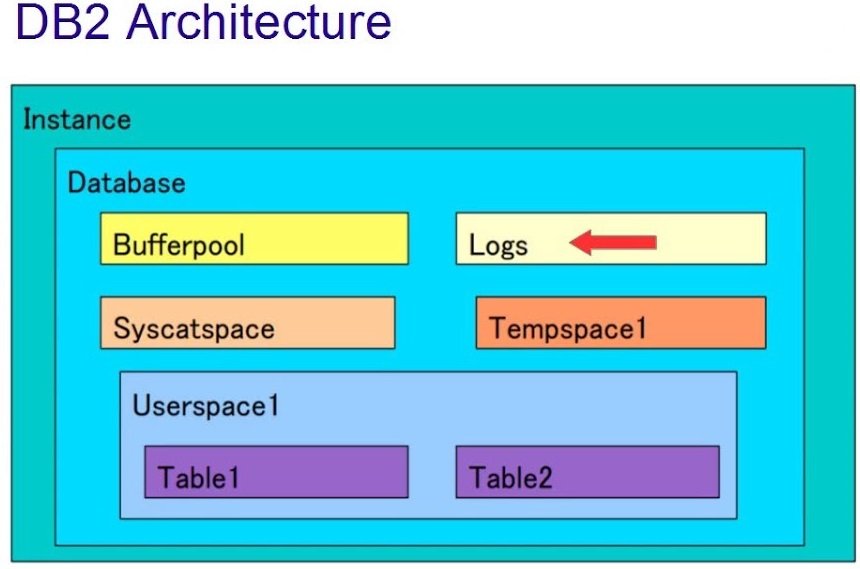
Regardless of your industry, data is changing the way organisations function. Structured data, or the type of information that is only readable to machines, must have a uniform structure to work correctly. To be usable by humans, the data has to be translated and manipulated so that it is cleansed and mapped so that it can provide useful insights. With an increasing amount of data being used and stored, the necessity for data manipulation becomes even more critical.
As such, we will take a look at the ins and outs of data manipulation, as well as some of the top tips of how you and your software can better organise data to extract useful insights.
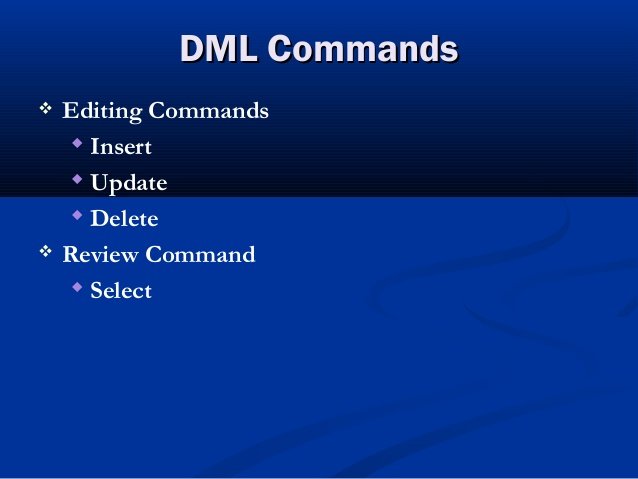
Data manipulation language, or DML, is a programming language that adjusts data by inserting, deleting and modifying data in a database such as to cleanse or map the data. SQL, or Structured Query Language, is a language that communicates with databases. When using SQL- data change statements for data manipulation, four functions can occur, namely:
- Select
- Update
- Insert
- Delete
These commands tell the database where to select data from and what to do with it.
Here’s how it works:
SELECT: The select statement allows users to pull a selection from the database to work with. You tell the computer what to SELECT and FROM where.
UPDATE: To change data that already exists, you will use the UPDATE statement. You can tell the database to update certain sets of information and the new information that should be input, either with single records or multiple records at a time.
INSERT: You can move data from one location to another by using the INSERT statement.
DELETE: To get rid of existing records within a table, you use the DELETE statement. You tell the system where to delete from and what files to get rid of.
Since SQL does not allow you to import or export data from outside sources, some providers can store data and give you the tools to manipulate data for your business needs.
Purpose of Data Manipulation:
Data manipulation is a crucial function for business operations and optimisation. To properly use data and transform it into useful insights like analysing financial data, customer behaviour and performing trend analysis, you have to be able to work with the data in the way you need it. As such, data manipulation provides many benefits to a business, including:
Consistent data: Having data in a consistent format allows it to be organised, read and better understood. When you take data from different sources, you may not have a unified view, but with data manipulation and commands, you can make sure that your data is consistently organised and stored.
Project data: Being able to use historical data to project the future and provide more in-depth analysis is paramount for businesses, especially when it comes to finances. Data manipulation makes this function possible.
Create more value from the data: Overall, being able to transform, edit, delete and insert data into a database means that you can do more with your data. By having information that stays static, it becomes useless. But, when you know how to use data to your benefit, you can have clear insights to make better business decisions.
Remove or ignore unneeded data: Frequently, there is data that is unusable and can interfere with what matters. Unnecessary or inaccurate data should be cleaned and deleted. With data manipulation, you can quickly cleanse your records so that you can work with the information that matters.
Steps to Manipulate Data:
To get started with data manipulation, you’ll want to understand the general steps and order of operations.
- To begin, you’ll need a database, which is created from your data sources.
- You then need to cleanse your data, with data manipulation, you can clean, rearrange and restructure data.
- Next, import and build a database that you will work from.
- You can combine, merge and delete information
- Then analyse the data, to make all of this information come to life, and glean useful insights.
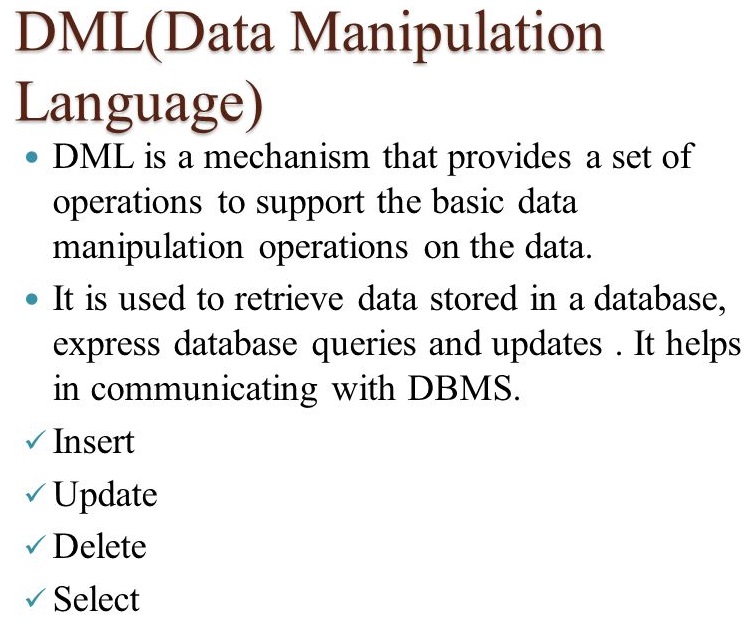
How to Get Started? Excel Tips for Basic Data Manipulation:
Some many essential tips and tricks allow you to get the most out of your data, even when it’s in Microsoft Excel, for example. Some of these include:
- Functions and formulas: You can use essential math functions to make your numbers mean more. By merely writing essential math functions into the bar in Excel, you can add, subtract, multiply and divide data to see immediate results.
- Autofill function: In the same vein, if you want to run an equation across multiple cells, but don’t want to keep retyping it, you can drag your mouse to the bottom right corner of the cell and drag it downwards to apply the same formula to multiple rows at a time.
- Filter and sorting: With large datasets, it’s useful to be able to filter and sort information based on your needs. You can use this feature to save time in analysing data.
- Remove duplicates: Duplicate data can affect your analysis. As such, you can remove duplicates by utilising the “remove duplicate” function on a spreadsheet once you’ve selected the data you want to work with.
- Merging, Separating, creating and combining columns: To further organise data, you can connect, merge or separate columns and sheets of data.
How to Improve? Advanced Tips for Data Manipulation:
The best and most efficient way to manage data manipulation is through software programs that offer advanced and automatic data manipulation features. Data automation tools like Solvexia offer benefits like automatically cleanse, map, validate, calculate, and store data with a live feed so you can say goodbye to manual data entry and low-value repetitive tasks. Additionally, with automation, reports can be generated and sent to specific people with no human interference. These reports help to run analysis, predict trends and create forecast models efficiently. Furthermore, with a robust system, all data is securely stored and allows for audit trails for governance and accessible data for collaboration.
Data manipulation within the finance industry can save a ton of time. Rather than having to copy-paste data from invoices or expense reports, software systems can handle data migration and reduce the level of human error, as a primary example.
The Bottom Line:
Data comes in many forms and is needed for business leaders to be able to make decisions. From marketing to sales, accounting to customer service, data is best utilised when it can be manipulated for any relevant purpose. Proper data analysis relies on the ability to perform data manipulation, which involves rearranging, sorting, editing and moving data around.
There are many different ways to execute data manipulation, from basic operations in Microsoft Excel spreadsheets to SQL to software programs like SolveXia, that can do the work for you by executing commands. Starting with data collection to data organisation, you’ll want to be able to take data from various sources and combine it to get the insights you need.
Advantages of Data Manipulation Language:
Data stored in the database can easily be modified anytime and that too very easily using the DML commands. DML provides the facility of the efficient and fast interaction of the human (end-user using the system) with the system or the backend data stored in the database.
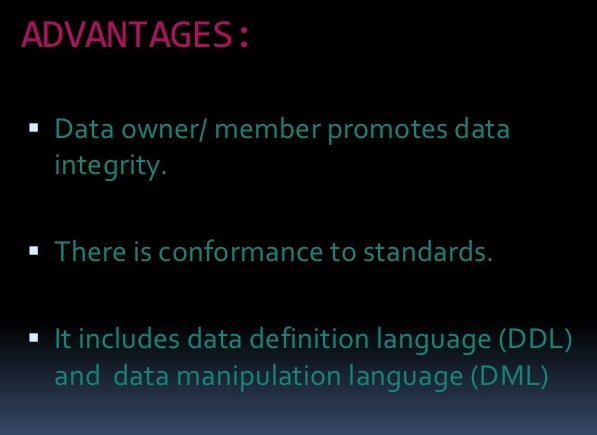
Conclusion:
The data can be manipulated using a wide variety of commands, such as SELECT , DELETE , and TRUNCATE , as well as the cursor commands , DECLARE , OPEN , FETCH , and CLOSE . Transactions to manipulate the data are controlled through the SET command, plus the COMMIT and ROLLBACK commands.Hope you have found all the details that you were looking for, in this article.



